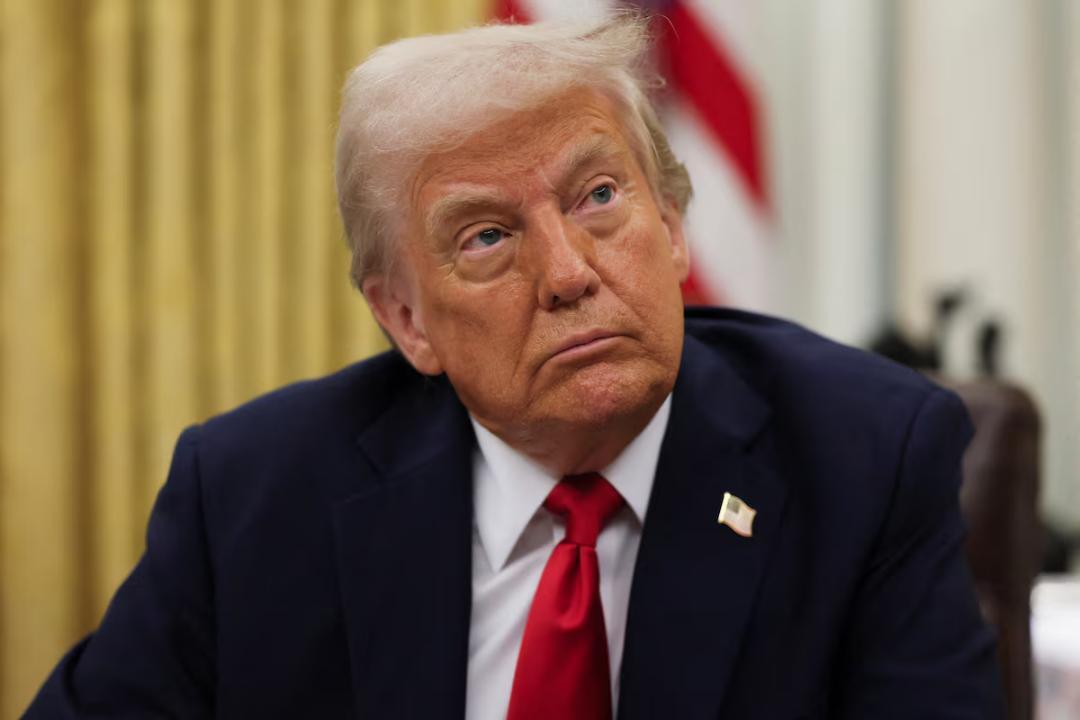
Trump Imposes 25% Tariff on Japan and South Korea: A Move That May Have Far-Reaching Consequences
In a move that has sent shockwaves around the globe, US President Donald Trump has imposed a 25% tariff on goods imported from Japan and South Korea. The decision, which was announced through a series of letters to the leaders of the two countries, has sparked widespread concern and debate among economists, politicians, and business leaders.
According to sources, Trump wrote letters to Japanese Prime Minister Shigeru Ishiba and South Korean President Lee Jae-myung, informing them that all goods imported from their countries will be subject to a 25% tariff, starting from August 1. The letters also made it clear that if either country were to raise its own tariffs in response, the US would retaliate by adding the same percentage to the existing tariff.
The move is seen as a major escalation in the ongoing trade tensions between the US and these two Asian nations. Japan and South Korea are two of the US’s largest trading partners, with the US importing billions of dollars’ worth of goods from these countries each year. The imposition of tariffs on these goods is likely to have significant consequences for businesses, consumers, and the overall economy.
The decision to impose tariffs on Japan and South Korea comes on the heels of a series of trade disputes and negotiations between the US and these countries. The tensions began to escalate earlier this year, when Trump announced that the US would impose tariffs on steel and aluminum imports from several countries, including Japan and South Korea.
Japan and South Korea responded by imposing their own tariffs on US goods, including agricultural products and automobiles. The US then retaliated by increasing its tariffs on Japanese and South Korean goods, leading to a cycle of tariffs and counter-tariffs.
The latest move is seen as a major escalation in this trade war. The 25% tariff on Japanese and South Korean goods is significantly higher than the tariffs imposed earlier, and is likely to have a more significant impact on businesses and consumers.
The reaction to the announcement has been swift and widespread. Many economists have warned that the move could lead to a decline in trade and economic growth, as well as higher prices for consumers. The International Monetary Fund (IMF) has also weighed in, warning that the tariffs could have “serious negative consequences” for the global economy.
Business leaders have also spoken out against the decision, citing concerns about the potential impact on their companies and employees. The US Chamber of Commerce, for example, has called the tariffs “a tax on American consumers and businesses,” and has urged Trump to reconsider the decision.
The Japanese government has also responded to the announcement, with Prime Minister Ishiba saying that the country will “take necessary measures” to respond to the tariffs. South Korea has also vowed to take action, with President Lee saying that the country will “not tolerate” the tariffs and will “take decisive measures” to protect its economy.
Despite the widespread criticism, Trump has defended the decision, saying that it is necessary to protect American workers and businesses. The President has also claimed that the tariffs will generate significant revenue for the US government, which could be used to fund other initiatives.
However, many experts have disputed these claims, saying that the tariffs will actually harm American workers and businesses in the long run. The tariffs will increase the cost of goods for American consumers, which could lead to a decline in demand and a decrease in economic growth.
The impact of the tariffs will also be felt on the global economy, as well as on the economies of Japan and South Korea. The tariffs could lead to a decline in trade and investment between the US and these countries, which could have serious consequences for the global economy.
In conclusion, the decision by Trump to impose a 25% tariff on goods imported from Japan and South Korea is a major escalation in the ongoing trade tensions between the US and these two Asian nations. The move is likely to have significant consequences for businesses, consumers, and the overall economy, and could lead to a decline in trade and economic growth.
As the situation continues to unfold, it will be important to monitor the impact of the tariffs and to consider the potential consequences for the global economy. It is also crucial to consider alternative solutions to the trade tensions, such as negotiations and diplomacy, which could help to resolve the disputes and promote economic growth.





